Not every wild animal wants to eat you. In fact, some are shockingly chill— more curious than confrontational, and perfectly happy to let you admire them from a distance. But don’t let their beauty fool you. For every peaceful deer or playful fox, there’s a creature that will absolutely ruin your day if you get too close. Sharp claws. Bad tempers. Zero warning. So how do you know who’s who? This list breaks it down. We’ll show you which animals are safe to observe—and how to do it right— plus the ones that should send you sprinting in the other direction. Because when it comes to the wild, respect is everything. And sometimes, the best way to survive is to just… not approach.
Gentle Giraffes
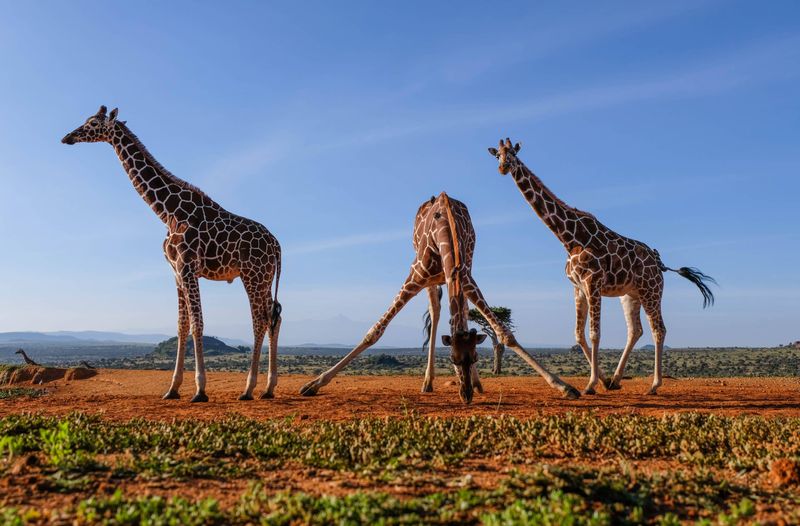
With their towering necks and gentle demeanor, giraffes are a sight to behold on the African savannah. They move with a slow grace, their long legs gliding over the landscape. As they munch on the acacia trees, one can’t help but marvel at their elegance.
Giraffes are generally peaceful creatures, making them safe to observe from a distance. Their striking patterns and calm presence make them a favorite among wildlife watchers. A fun fact: each giraffe’s coat pattern is as unique as a fingerprint, adding to their charm and individuality.
Playful Dolphins

Dolphins, with their playful antics and intelligent eyes, are the acrobats of the sea. They leap through the waves with a joy that’s contagious, inviting spectators to join in their watery world. Their clicks and whistles create a symphony of oceanic sounds.
Known for their friendly nature, dolphins often approach boats, delighting those on board. Observing them in their natural environment is both safe and enchanting. Interestingly, dolphins are known to protect humans from sharks, showcasing their incredible empathetic abilities.
Curious Meerkats
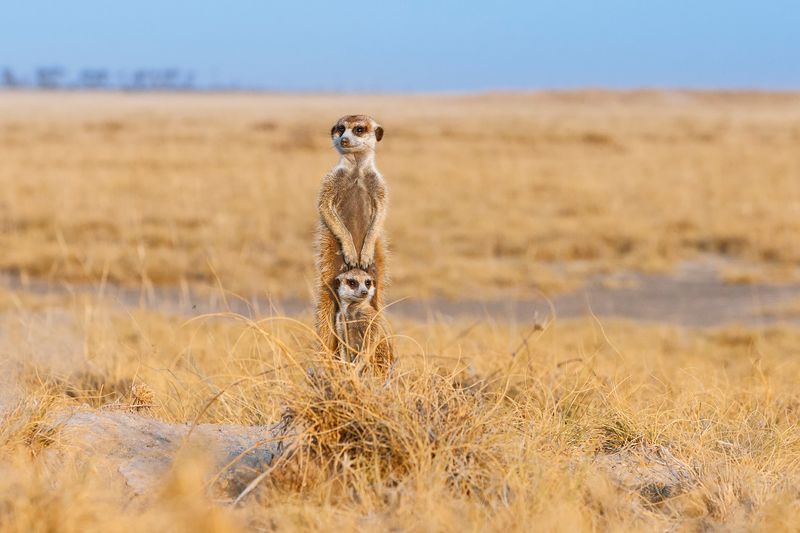
In the heart of the desert, meerkats stand guard, ever alert to the world around them. These curious creatures live in tight-knit communities, working together to keep their families safe. Their upright stance and twitchy movements make them endearing to watch.
Meerkats are fascinating due to their complex social structures and adorable behaviors. Watching them interact and communicate is like peeking into a miniature society. These animals are generally harmless, making them safe for observation. Did you know meerkats are immune to some snake venoms?
Majestic Elephants
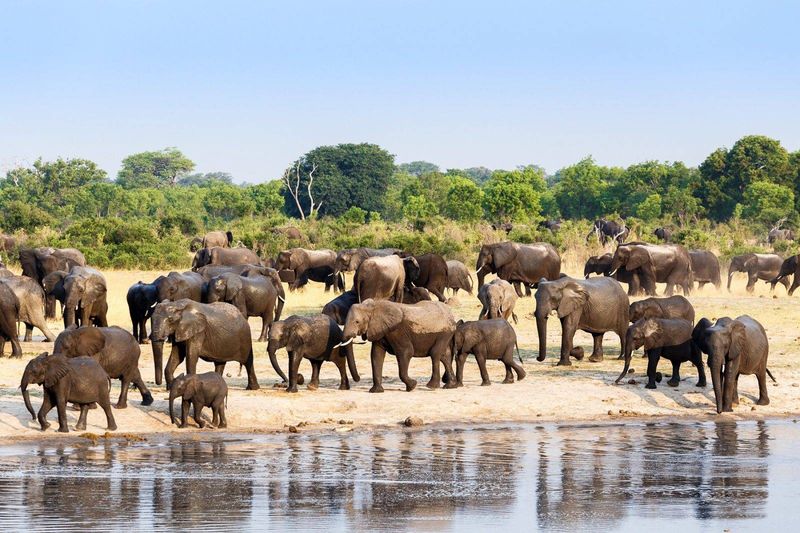
With a presence as grand as their size, elephants are the gentle giants of the animal kingdom. They move in herds, displaying familial bonds that are remarkably human. Observing their interactions can be profoundly moving.
Elephants are known for their intelligence and memory, qualities that add depth to their imposing stature. Watching them in the wild is generally safe, provided you respect their space. A fascinating tidbit: elephants are capable of using tools and have complex communication skills, involving a range of vocalizations.
Graceful Deer
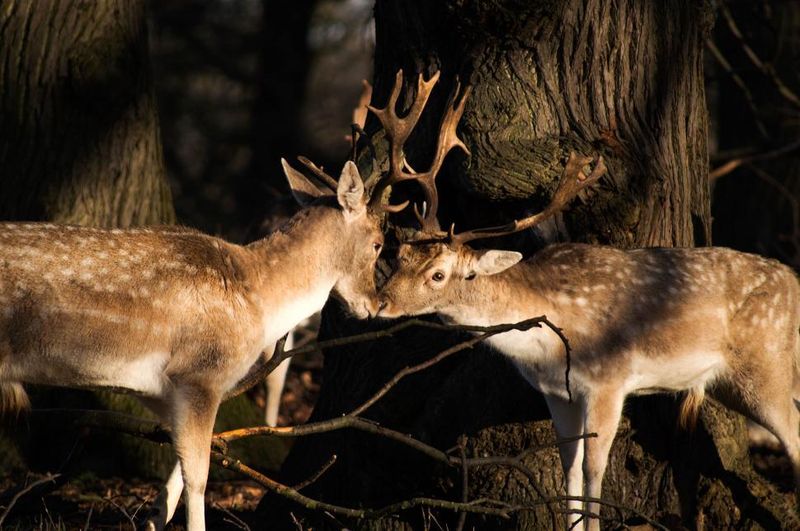
Deer, with their delicate features and graceful movements, seem to embody nature’s serenity. They glide through forests with an ease that captivates any observer. Spotting a deer among the trees is often a moment of quiet wonder.
These gentle creatures are usually safe to watch from a distance. Their presence is a testament to the tranquility of the natural world. Intriguingly, deer have a highly developed sense of smell and hearing, which aids in their survival in the wild.
Lively Penguins
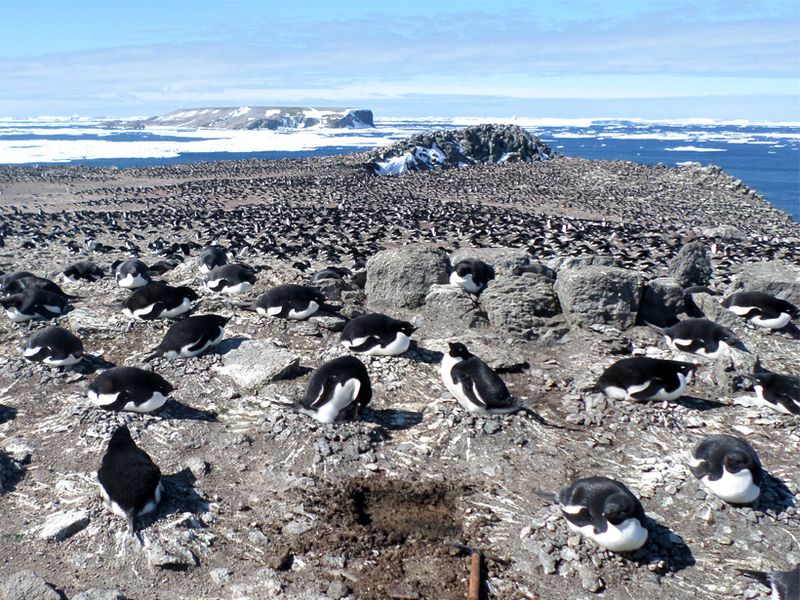
Penguins, with their charming waddle and social nature, are the dapper dressers of the animal world. Watching them interact in their colonies is a delightful experience. Whether they’re sliding on ice or diving into the sea, they exude a lively energy.
Penguins are generally safe to observe in their cold, coastal habitats. Their unique behaviors, like communal huddling for warmth, are fascinating to witness. Did you know that penguins are excellent swimmers and can hold their breath underwater for up to 20 minutes?
Colorful Parrots
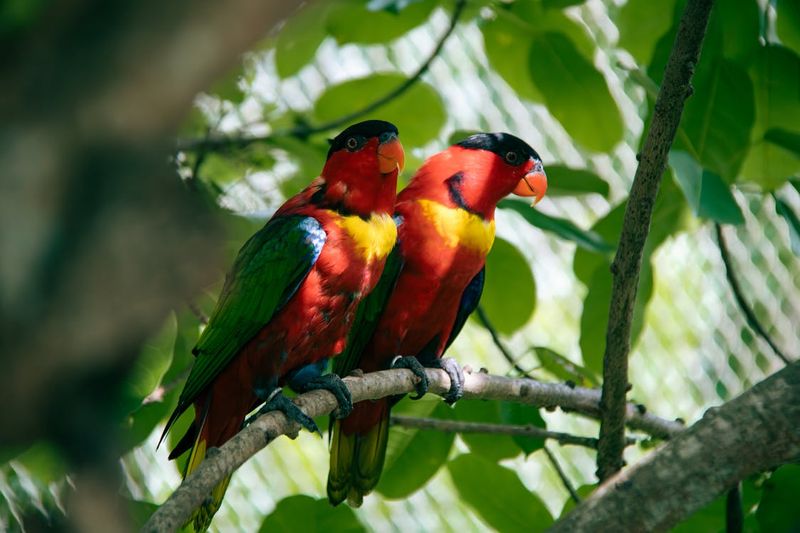
Parrots, with their vivid plumage and intelligent gaze, bring a splash of color to the tropical forests. Their ability to mimic sounds adds to their appeal, making them the chatterboxes of the avian world.
Observing parrots in the wild is a safe and enchanting experience. Their social antics and vibrant displays are captivating. An interesting fact: some parrots can live for over 50 years, developing strong bonds with their flocks.
Gentle Manatees
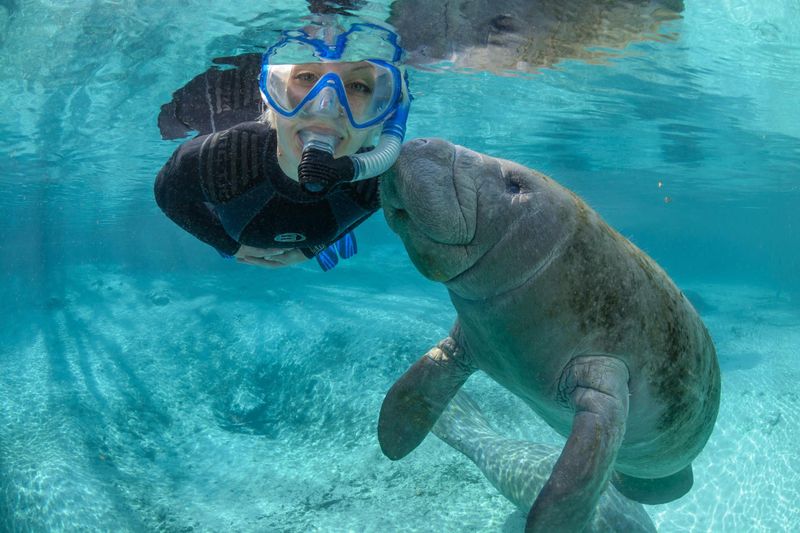
Manatees, often called sea cows, are the gentle giants of the waterways. They move slowly through the waters, their large bodies gracefully navigating their freshwater homes. Watching a manatee can feel like entering a slower, more peaceful world.
These creatures are harmless and safe to observe. Their docile nature and curious interactions are a joy to witness. Interestingly, manatees can grow up to 13 feet long, yet they mainly eat vegetation, showcasing their peaceful lifestyle.
Adorable Red Pandas
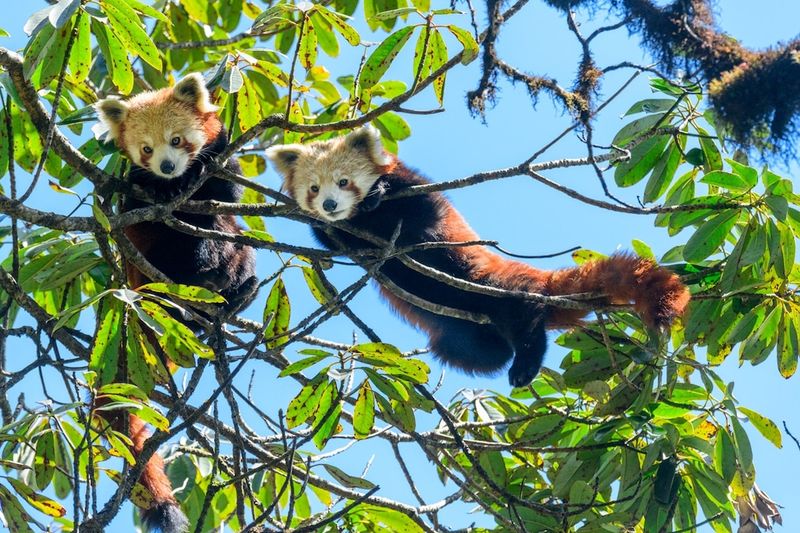
Red pandas, with their striking red fur and bushy tails, resemble a cross between a fox and a raccoon. They are playful and curious, often seen climbing trees with agility. Observing them is like watching a living cartoon character.
These animals are gentle and pose little threat, making them safe to admire from afar. Their bamboo diet and solitary habits make them unique and intriguing. Did you know red pandas use their bushy tails for balance and warmth during cold weather?
Vibrant Butterflies
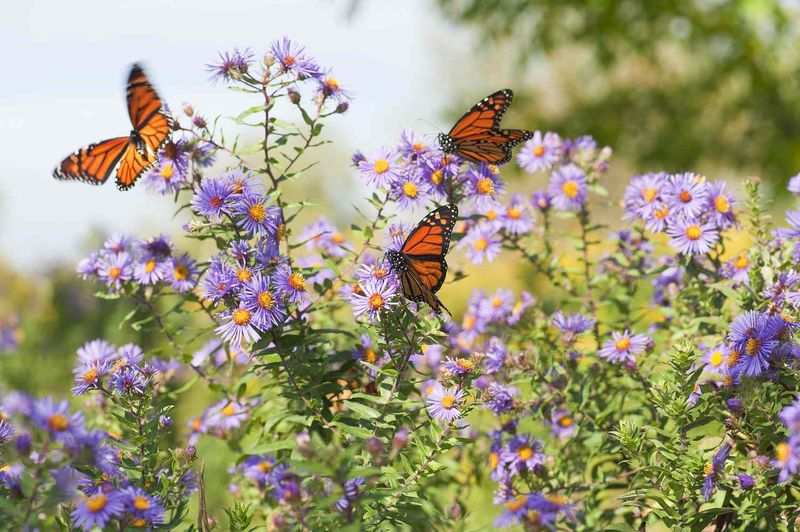
Butterflies, with their delicate wings and vibrant colors, are like flying flowers. Watching them dance over fields of wildflowers is a celebration of nature’s artistry.
These insects are harmless and safe to observe, bringing joy to anyone lucky enough to encounter them. Each butterfly species has its own unique pattern, adding to the diversity of the experience. A fun fact: the transformation from caterpillar to butterfly is one of nature’s most miraculous processes.
Giant Pandas
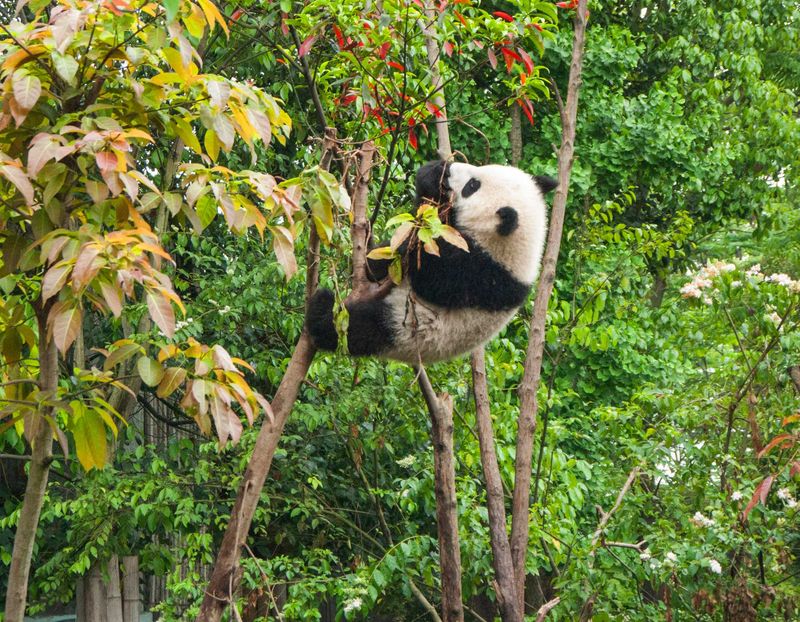
Giant pandas, with their round faces and distinctive black and white markings, are the gentle icons of conservation efforts. They spend much of their time eating bamboo, rarely moving from their comfortable resting spots.
These animals are generally docile and safe to admire from a distance. Their solitary and laid-back lifestyle adds to their charm. Interestingly, pandas have an extra “thumb” to help them grip bamboo stalks, a unique adaptation among bears.
Majestic Whales
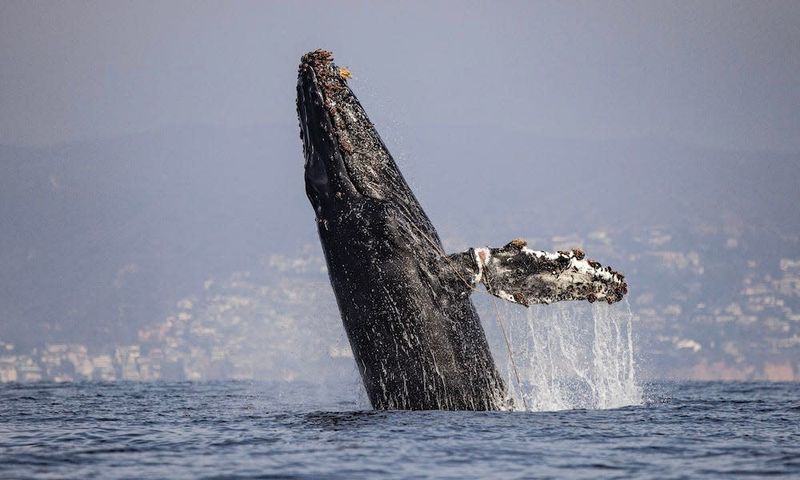
Whales, the ocean’s gentle giants, captivate with their sheer size and grace. Watching a whale breach the surface is a spectacle that leaves spectators in awe.
These magnificent creatures are generally safe to observe from boats. Their migratory patterns and social structures are fascinating to study. Interestingly, a whale’s song can travel thousands of miles underwater, serving as a form of communication over vast distances.
Sly Foxes

Foxes, with their cunning eyes and bushy tails, are the clever tricksters of the wild. Known for their adaptability and intelligence, they thrive in diverse environments from forests to urban areas.
While generally elusive, foxes can be observed in the wild with patience and care. Their playful antics and curious nature make them intriguing subjects. Interestingly, foxes communicate using a variety of sounds, including barks, screams, and howls.
Gentle Koalas
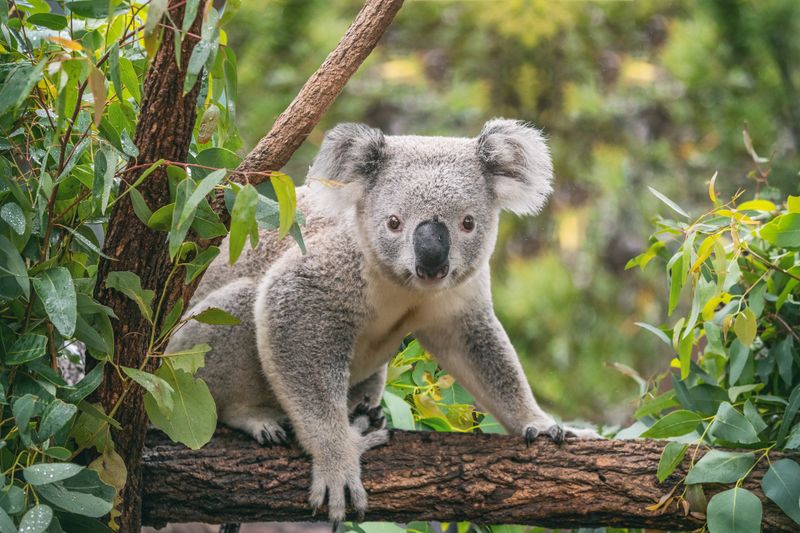
Koalas, with their fluffy ears and sleepy expressions, are the cuddly marsupials of Australia’s forests. They spend much of their time dozing in eucalyptus trees, only waking to nibble on leaves.
These animals are generally safe to observe in the wild. Their slow movements and relaxed demeanor add to their appeal. An interesting fact: koalas have fingerprints remarkably similar to humans, which can sometimes confuse crime scene investigations!
Cunning Wolves
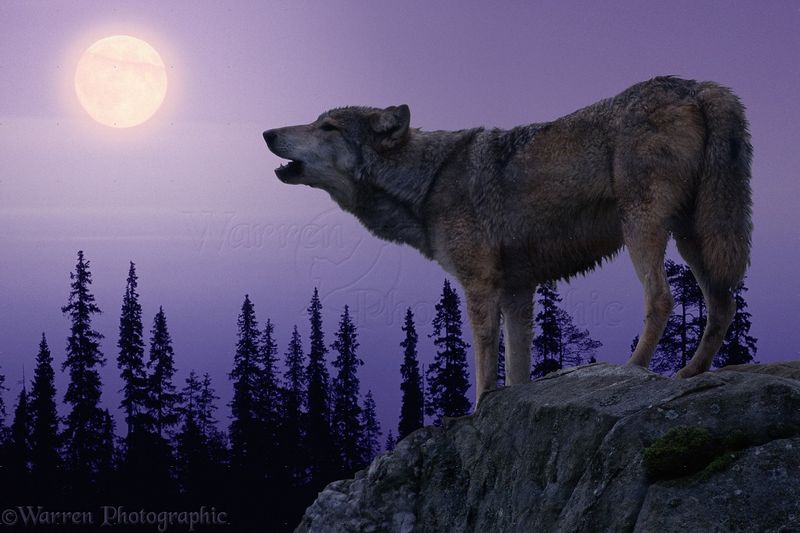
Wolves, with their piercing eyes and mysterious aura, are the enigmatic leaders of the wild. Known for their pack mentality, they are fiercely loyal and highly intelligent.
Observing wolves from a safe distance can be thrilling, but caution is advised. Their complex social structures and hunting strategies are subjects of endless fascination. Did you know that wolves can communicate over long distances with their howls, coordinating their movements and establishing territory?
Dangerous Lions
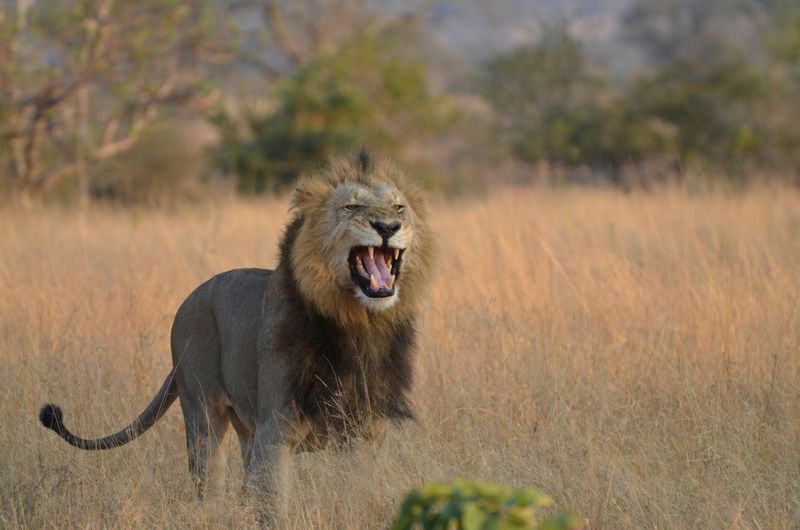
Lions, the kings of the jungle, exude power and majesty. Their loud roars can be heard from miles away, a testament to their dominance. However, their predatory nature makes them one to admire from a respectful distance.
While observing lions in their natural habitat is a magnificent experience, it is crucial to maintain safety protocols. Known for their strength and pride dynamics, lions are fascinating yet formidable. Did you know a lion’s mane serves as protection during fights, a sign of maturity and health?
Elusive Jaguars
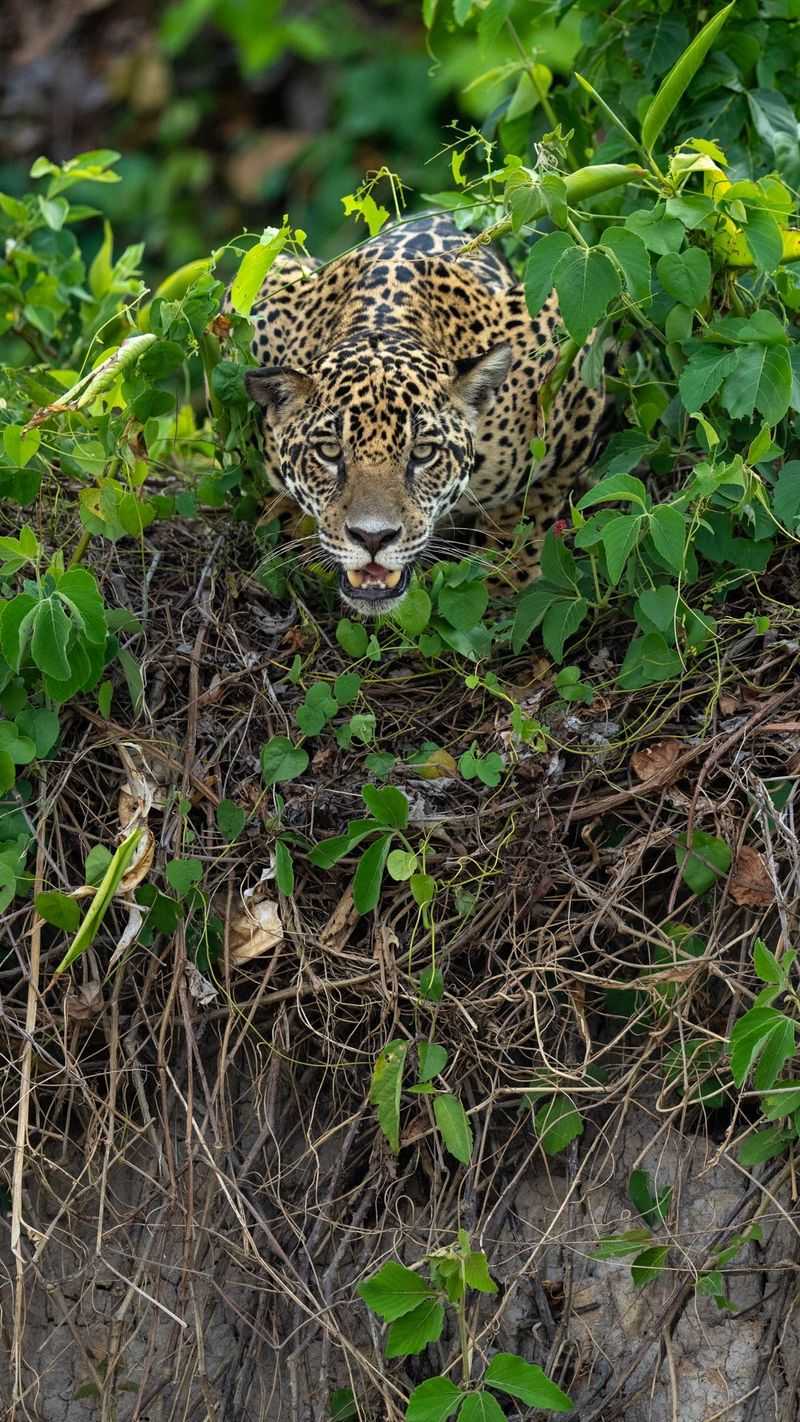
Jaguars, with their powerful build and elusive nature, are the enigmatic predators of the jungle. Their spotted coats provide perfect camouflage, making them masters of stealth.
These solitary hunters are best admired from afar, as they are capable of swift, powerful strikes. Observing a jaguar in the wild is a rare and awe-inspiring experience. Interestingly, jaguars have the strongest bite of any big cat, capable of piercing turtle shells.
Aggressive Hippos
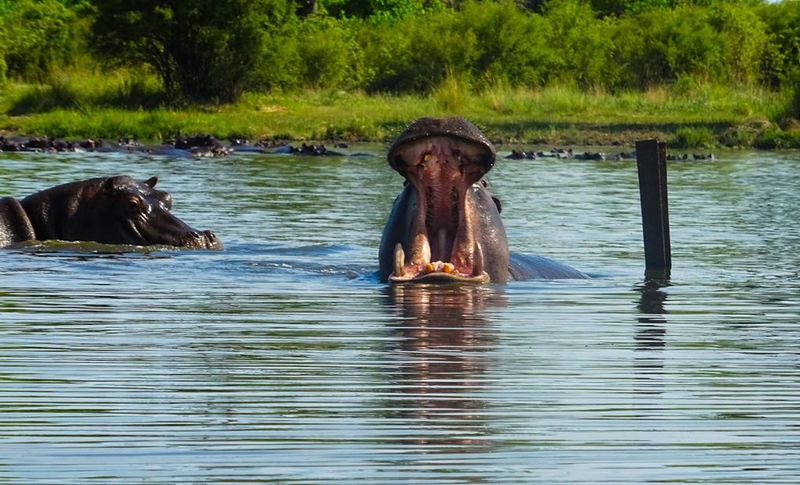
Hippos, despite their round, docile appearance, are surprisingly aggressive and territorial. They spend much of their time submerged in water, emerging only to graze on land.
While they may seem benign, hippos are responsible for more human fatalities in Africa than any other large animal. Observing them should be done from a safe distance. Fascinatingly, hippos can close their nostrils and ears when submerged, an adaptation to their aquatic lifestyle.
Fierce Crocodiles
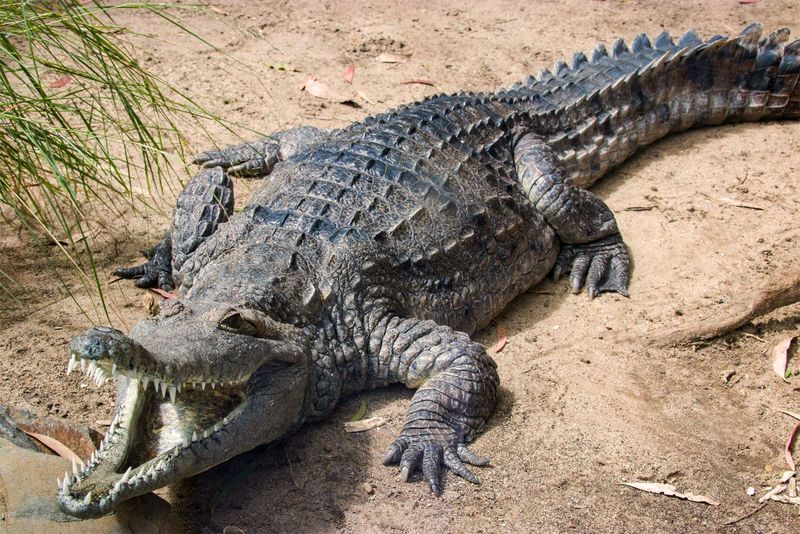
Crocodiles, with their menacing jaws and armored bodies, are the ancient predators of the waterways. Their stealthy movements and sudden bursts of speed make them formidable hunters.
It’s essential to observe crocodiles from a distance, as they are highly territorial and dangerous. Their ability to remain still for hours before striking is both eerie and impressive. A fascinating fact: crocodiles have been around for over 200 million years, surviving mass extinctions that wiped out the dinosaurs.
Venomous Snakes
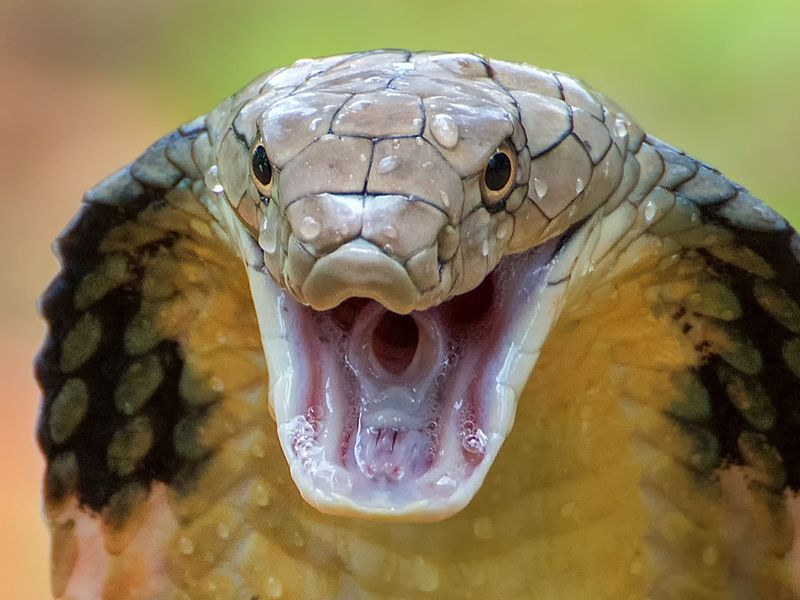
Venomous snakes, with their sleek bodies and piercing eyes, are the silent threats in many habitats. They strike with precision, using their venom both as defense and to subdue prey.
While they’re intriguing to watch, extreme caution is necessary. Snakes play a crucial role in controlling pest populations but should be admired from a safe distance. Did you know certain snakes can detect heat through specialized pits, enhancing their hunting efficiency?

